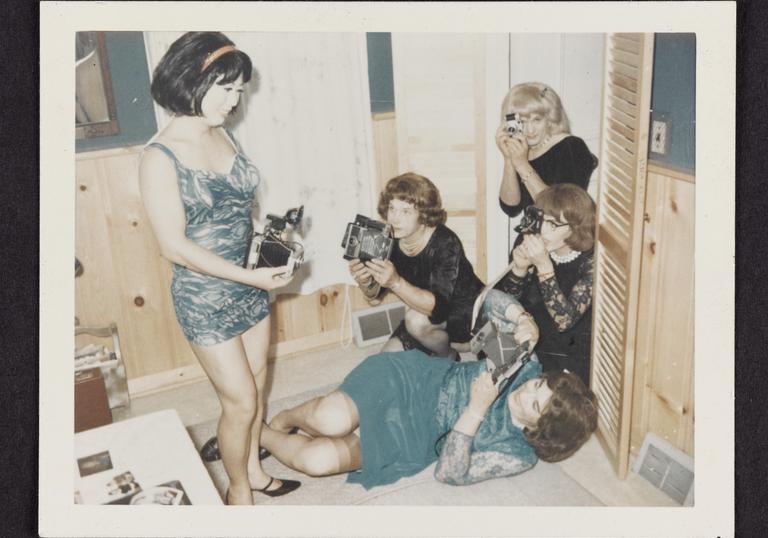There’s a bit of a trend, at the moment, of understanding trans lives in terms of acceptable and unacceptable language.
I see it a lot on social media: ’10 terms you didn’t know were transphobic’ and ‘5 words non-binary people want you to use’. There’s usually a positive intent, a sense that if you can learn the right words and unlearn the wrong ones then you can get ‘trans’ right. The more traditional media – opinion pieces in particular – give it a more negative spin. Here, being trans is equated with ‘made-up language’ and ‘PC-gone-mad pronouns’. Rejecting the idea that trans people are telling the truth about who we are, that we deserve the agency to determine our own lives, is linked to denigrating the language we use.
There’s an idea that there’s one set way of talking about trans people
And I see it on a organisational level: adding ‘trans’ to an Equalities Policy and doing nothing more, using ‘gender-fluid’ and ‘gender-neutral’ as marketing tools, without looking at the people those words represent. Positive or negative (or simply expedient), there’s an idea that there’s one set way of talking about trans people. More than that, it implies that there’s one set way of being trans.
So what happens to that understanding when we’re faced with trans people who use different language? With people who have different definitions of what it is to be trans? Who might even reject the term ‘trans’ altogether, and have different ways of describing their gendered lives.
When I look at the photographs of Another Kind of Life, I’m confronted with a set of gendered experiences far beyond my own. When I try to apply my own particular categories, I get stuck.
I was a child of the 1990s, growing up in London, influenced by American queer writers, finding my understanding through words like ‘transgender’ and ‘genderqueer’. Public experimentation with my gender presentation brought insults and ridicule, but it was still (just about) possible. How would that seem to the attendees of Casa Susanna, trapped by the rigid sexism of the 1960s, hiding themselves away to express their femininity without the threat of arrest, violence, total ostracism? Bearing the weight of other people’s transphobia has lost me work and income throughout my career, but compared to Teresa Margolles’ trans collaborators, standing among the ruins of the clubs where they used to work, I’ve had it easy.
I can understand that there are so many more ways of transforming and transgressing gender categories than I could imagine
So many trans people work as sex workers: does my use of the word ‘trans’ include the economic pressures, the societal exclusion, that that entails? And when I’m used to seeing exploitative ‘before and after’ shots of trans people in the press, of being disappointed by art in which trans people are tropes and not active agents, how do I approach Dayanita Singh’s Myself Mona Ahmed? When the divides between people of different gendered experiences can be so sharply felt, how can I understand a work that so blurs the relationship between artist and subject? As a white person, as an atheist, how could I assume that my own experiences of being trans are anything like that of Mona Ahmed’s experiences of being a eunuch, a way of being rooted in religious and cultural traditions little understood by mainstream British society?
How can I look with them, rather than at them?
I have a choice then, when I engage with these pieces. I can insist on my own way of being trans, and try to shape what I see to conform to that category. Or I can understand that there are so many more ways of transforming and transgressing gender categories than I could imagine – and I can signal my understanding of that fact through using the language of each person depicted.
I can move my understanding of ‘trans’ from a fixed category to an ever-expanding challenge: how does this person challenge the norms of gender, and how can I show that I believe them? How can I look with them, rather than at them?
How do I resist the desire to place them inside my system – my words, my understanding – and learn instead to approach them in theirs?
We can’t do it through lists of approved words, or by thinking that one set of correct language is an end in itself. But we can start with empathy – with meaning – and allow our new language to flow from there.
Further Reading
Gendered Intelligence
Stonewall Come Out for Trans Equality
Word of Mouth (Radio 4) on trans language (featuring CN Lester)
Another Kind of Life: Photography on the Margins took place in our Art Gallery from 28 Feb–27 May.

